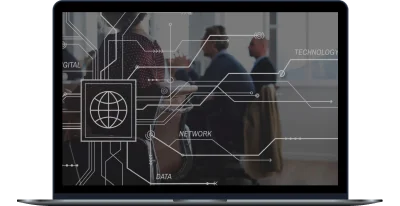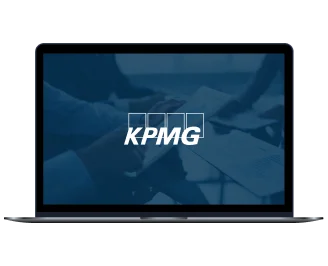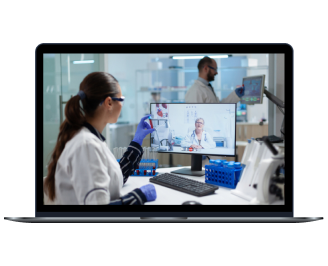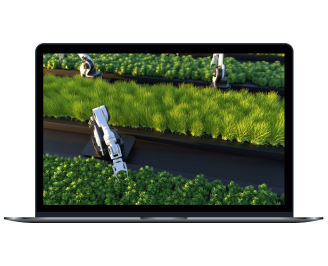Saas platform MVP for IIOT infrastructure management
Learn how we helped a manufacturer of IIoT devices and sensors migrate their siloed IIoT management system to a SaaS platform and simultaneously overhaul the whole platform’s functionality.
-
Industry
IoT manufacturing
-
Country
Singapore
-
Team size
20+
-
Collaboration
August 2022 – present
About the client
Our client is a manufacturer of LoRaWAN-based IoT sensors and meters for industrial systems involving liquid circulation. The company also manufactures IoT gateways.

Business context
Our client approached us to migrate their on-premises IoT network management system to the cloud and help them transition to a SaaS model to:
- decrease end users’ expenses on the system and increase customer loyalty
- reduce the time for system deployment and onboarding
- attract new customers and retain existing ones thanks to advanced functionality in the new SaaS product version
Solution overview
-
Preparing the ground for development
Our final action plan for SaaS platform development included:
- examining the product vision together with the client and processing feedback from existing customers to define functionality for the SaaS product version
- choosing the right IoT cloud platform and connecting the customer’s edge device fleet to the cloud
- distributing requirements between the Yalantis team (responsible for web platform development and cloud infrastructure setup) and the client’s in-house team (responsible for the solution’s firmware components)
- analyzing the existing solution’s codebase, choosing parts for re-use, and planning their refactoring
-
Validating the client’s concept through MVP ideation
In conjunction with the client, our business analysts and solution architects began laying the groundwork for the SaaS platform MVP by prioritizing critical functionality:
- User authentication with key user roles to manage all levels of the data hierarchy
- IoT network setup and remote device onboarding
- IoT network maintenance flows (firmware over-the-air (FOTA) updates, configuration adjustments, and status monitoring)
- Basic IoT network and system mapping to visually represent various components, connections, and interactions within the client’s IoT network
- Basic data visualization and manual analysis tools
- Basic reports for each level of the data hierarchy
- Critical and high-priority alerts with a notification and logging system
-
Moving to the cloud with the right IoT cloud platform
During this stage, our software engineers’ goal was to connect the client’s device fleet to an IoT cloud platform. To enable streamlined device-to-cloud communication, they:
- analyzed several IoT cloud platforms including Azure IoT, ThingsBoard, and AWS IoT Core
- opted for AWS IoT Core, as our team already had lots of experience working with AWS cloud services; additionally, AWS provides detailed technical documentation and solutions for smooth cloud migration
- prepared firmware requirements so the client’s in-house team could upgrade IoT device firmware to support cloud migration
- set up an AWS IoT Core account to enable communication between IoT devices and AWS IoT Core
-
Designing the solution architecture to meet new business needs
Yalantis solution architects and software engineers set up the architecture for the SaaS solution during MVP development. Our team implemented and deployed:
- new roles and a new permissions system to add more security and visibility to the new data management software
- new security measures, which included use of API gateways, content delivery networks (CDNs), and static web content storage
- scalability capabilities via managed services. Kubernetes clusters are natively scalable, and AWS-powered databases provide scaling and backups out of the box.
- additional architecture components, such as metrics and monitoring tools paired with notification services to notify users in case of any issues, a billing service for managing subscriptions, and a BI tool for admins to evaluate the platform’s effectiveness
Value delivered
After a year of tight cooperation with our client, we achieved the following results:
BEFORE, END USERS COULD:
-
access the IoT network management system either on-site or via a remote desktop
-
view and analyze data from each piece of equipment installed at a specific location
-
miss critical time windows for fixing equipment issues and face consequences such as complete unit replacement
NOW, END USERS CAN:
-
easily and securely access the system from anywhere
-
form a clear and holistic vision of the state of equipment units in all facilities
-
localize equipment issues in a timely manner and forecast equipment malfunction
NEED ASSISTANCE WITH CLOUD MIGRATION?
Yalantis will design your SaaS migration strategy, validate your solution concept, and set up all necessary IoT data management processes.
More projects
-
IoT network management platform
A SaaS device management platform that simplifies the setup and maintenance of large IoT networks
-
IoT-enhanced telehealth system
Integration with medical IoT devices for patient health monitoring during online cardiac rehabilitation sessions
-
Industrial energy consumption optimization
An IoT-based system for monitoring the energy consumption of large manufacturers


